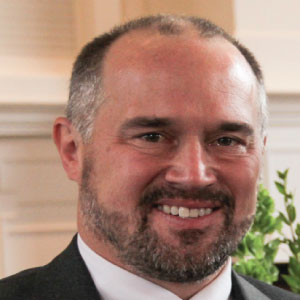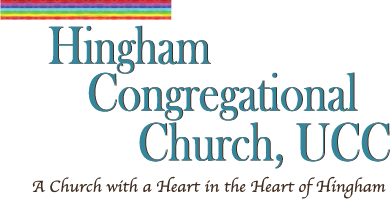
“Language of the Heart”
Poetry Sunday Reflection by the Reverend Doctor Peter W. Allen
Hingham Congregational Church, United Church of Christ
Hingham, Massachusetts
February 3, 2019
Psalm 23, I Corinthians 13
The Poet, Mary Oliver, passed away a few weeks ago. Because I’m Facebook friends with a lot of spiritual people who love the outdoors and poetry, my news feed was full of tributes to her and examples of her work the day after she died. I’m happy that we were able to include one of her poems today in our Poetry Sunday liturgy.
Some of my favorite poets — Robert Frost, Donald Hall, Seamus Heaney — also used images from the natural world to express their ideas about life and truth.
I have not always loved poetry. As a teenager, I couldn’t make sense of it at all, especially in English class when I was supposed to offer my impressions during a class discussion or when writing a paper interpreting some famous work. If these poets had something to say, why didn’t they just come out and say it? I thought, in my ignorance.
It wasn’t until I was a senior in high school, when I finally had a teacher who challenged me to make my way though T S Eliot’s, The Waste Land, that I finally realized: Sure, you can research all of the historical and literary references, you can examine themes and style, but in the end, a poem is not a novel, it’s not history; it’s not science; it’s not math. Poetry cannot be explained in plain English because it is a different language altogether. It is a language of the heart.
We can no more explain a poem than we can explain a cubist painting or a bebop saxophone solo. And yet we can absorb and appreciate a poem’s emotion and its passion, it’s energy and its depth, allowing the images and rhythms and sounds to wash over us and penetrate our souls.
Both Bob Dylan and John Lennon were famously cranky when it came to critics’ evaluations of their music and lyrics. I personally don’t feel that they needed to be defensive at all, but I suppose if a piece of art comes straight out of your heart, it’s hard to hear someone else taking it apart.
I don’t mean to say that we shouldn’t examine or criticize or interpret art. I just hope that we do so in a respectful way, sincerely trying to
understand where the poet or painter or composer is coming from. That way we can learn from and benefit spiritually from the artist’s perspective.
It’s easy to dismiss art as too amateurish, too abstract, too simple, or too challenging. It’s harder — and better, I think — to ask how it can make us more thoughtful, more loving, or more passionate people.
Allan Ginsberg’s 1956 poem, Howl, was considered obscene by many in its time, because it challenged the accepted norms of the day. If read with compassion, it can open us to the experience of a whole generation of people who were asking important questions and striving to live a more authentic life.
Everything is holy! everybody’s holy! everywhere is holy!
everyday is in eternity! Everyman’s an angel!
The bum’s as holy as the seraphim! the madman is holy as you my
soul are holy!
There is lots of poetry on scripture, which I hope we will always interpret with deep curiosity, even when it makes us feel uncomfortable.
Psalm 23, which we heard this morning, comes from probably the best known book of poetry in the Western world. The Psalms evolved over time, but they were always meant to be poems, originally sung in the Temple in Jerusalem to enrich the experience of worshipers and help remind them of their spiritual history, their connection with the Divine.
He makes me lie down in green pastures, he leads me beside still waters. A beautiful metaphor. It’s the same with Paul’s love poem in First Corinthians. If I speak in the tongues of mortals and of angels, but do not have love, I am a noisy gong or a clanging cymbal… For now, we see in a mirror, dimly, but then we will see face to face.
So beautiful; so compelling. I am immediately transported to my brother’s junior high band concert when the kid playing the cymbal smashed it really hard at just the wrong time and everyone cringed. I am taken to my grandmother’s attic, where there was a very old mirror that showed a distorted image of my face in the gloom of that place. I longed for a clearer view of myself and of the future.
It is so important for us to embrace metaphor and symbolism as essential doorways into meaning and spiritual maturity. Literalism limits us, especially when interpreting scripture. It leads only to a narrow-minded, judgmental, and ultimately sour-tasting experience of the Bible and of life. Don’t worry so much about understanding scripture. Breathe it in. Taste it. You might savor some of it and swallow. You might spit some of it out as too bitter. In any case, let it feed you and challenge you.
In scripture and in life, with the help of God, our spiritual ancestors have set a table for us with many platters, full of richly flavored dishes and sweet morsels. Our brothers and sisters in the faith here this morning sit beside us at the table. May we partake of these gifts of the Spirit so that our lives might be full to overflowing with faith, with hope, and with love.
Amen
